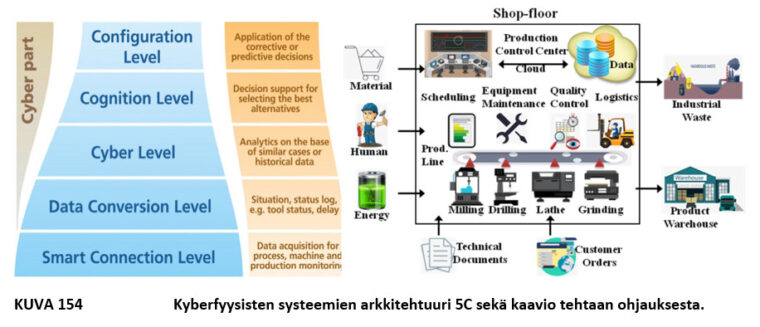Throughout the ages, science has sought to create universal concepts, as distinguished from particular ones (Aristotle).
In today’s world, networks are a good starting point for behavioral theories. Systems theory is, on the one hand, a behavioristic research methodology that evaluates disciplines separately from others.
A bold assumption, can we combine theories freely?
All theories are something in common. Every theory in the same discipline (of study) has something even more in common, but holarchy connects all concepts together (see StoryAlity theory by JT Velikovsky). More different taxonomies have been described in information theory and category theory, which have both generalizing and differentiating purposes.
Integral theory

All unifying theories are meta-theories, and the common information obtained from them is always more significant than what they can provide separately. Metatheory thus creates emergence, which is one of the most significant properties of the system. The object described by the metatheory is thus a “system”.
However, not all unified theories are, of course, completely open-ended. They may contain inaccuracies. However, for example, psychology is not perfect anyway. Human behavior is explained in terms of memes, assumed thought patterns, like genes.
A trial to combine world’s best universal theories!
Science News makes a list of the best 10 universal theories:
- Heliocentrism: Copernicus, 1543
- Evolution by natural selection: Charles Darwin, 1859
- Quantum theory: Max Planck, Einstein, Niels Bohr, Werner Heisenberg, Erwin Schrödinger, Max Born, Paul Dirac, 1900–1926
- General relativity: Einstein, 1915
- Special relativity: Albert Einstein, 1905
- Statistical mechanics: James Clerk Maxwell, Ludwig Boltzmann, J. Willard Gibbs, late 19th century
- Plate tectonics: Alfred Wegener, 1912; J. Tuzo Wilson, 1960s
- Oxygen theory of combustion: Antoine Lavoisier, 1770s
- Game theory: John von Neumann and Oskar Morgenstern, 1944 (with important embellishments from John Nash in the 1950s)
- Information theory: Claude Shannon, 1948
All these theories can be classified according to the traditional system division of cybernetics into groups: cognitive, biological, physical, social and technical theories and thus systems.

Summary of those universal theories
All credit to natural sciences, physics, biology and engineering, but the most universal theories are found in logic, information science, cognitive science and cybernetics. They are called as systemic laws (22 or 33 depending on the source).
However, the list of 10 theories lacks a modern understanding of transformation, although evolution is already included in it.
According to cybernetics (Heraclitus et al), everything flows, you cannot step into the same flow twice, and everything is based on transformation, where the input is material, energy and information (MEI) and the output is the same tuple (MEI). The world can thus be understood and explained and modeled and planned with the help of this systemic architecture. When we add to it the other directions of the GoodReason architecture, expanding Wilberg’s AQAL model into multiples, we are already in a rather versatile way in terms of semantics to also explain these 10 “best universal theories”, which list is actually already a bit outdated.

Nowadays, all functionality between people is based on communication (cyber-physical systems), where IT semantics play a central role. People’s culture changes quickly, faster than ever, and their thinking changes reactively, according to new contexts. In every human, the evolution of the mind is millions of times faster than Darwin’s evolutionary models described. Furthermore, development in computers with artificial intelligence and learning systems is still millions of times faster than our learning and adaptation that occurs in human brains.
Everything changes, you can’t step into the same stream twice
Many theories of the 20th century have proven to be outdated, but they can still be used as a useful reference to describe evolution in general.
It was Ludwig Wittgenstein, whose language games were then in vogue: “You can’t talk about that person, you have to keep quiet about him”. Today’s language games are the opposite. Artificial intelligence produces unfathomable amounts of incomplete explanations for anything. Systems thinking and other true science are a way to maintain rationality and a critical attitude.

Presented as a taxonomy, today’s world is a set of complex systems that are nested, parallel and chaotically creating effects with each other. The purpose of the GoodReason methodology is to find stabilizing features in everything, in the same way as Professor Derek Hitchins has in his theme: Unified Systems Hypothesis, USH.
USH is one way to define, plan and create a stable future for us. It is a meta-theory of meta-theories, a sample of wisdom. Another one is, from the approach of psychology, TreeOfKnowledge.
Good, Better and Best Reason
GoodReason is an adaptive summary of best theories.

The next theory is an application from more universal theories (proximity, IT and COVID – safety purposes). Best theories usually find other good theories to create paradigms.


